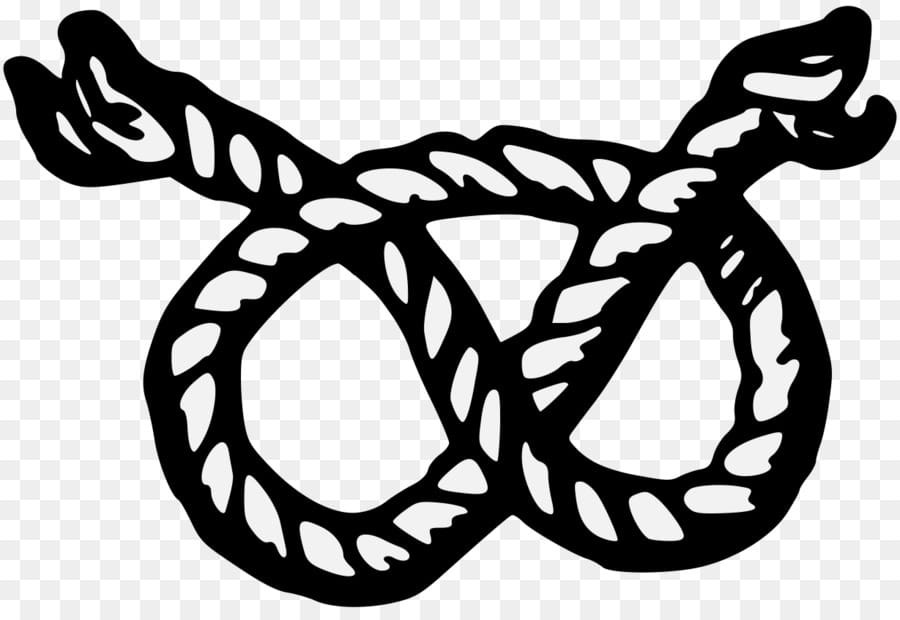The Stafford Knot, correctly known as the Stafford Knot and often mistakenly called the Staffordshire Knot, is an emblem steeped in the rich tapestry of English history. This symbol, distinguished by its unique three-looped design, is intricately tied to the identity of Staffordshire and its county town, Stafford. The knot's journey through time is a fascinating blend of fact, legend, and evolving significance.

The knot’s presence on various historic artefacts and its adoption by prominent families in the region highlight its deep roots in local heritage. Today, it remains a powerful symbol of Staffordshire, seen on flags, coats of arms, and various regional insignia, embodying a sense of identity and continuity with the past.
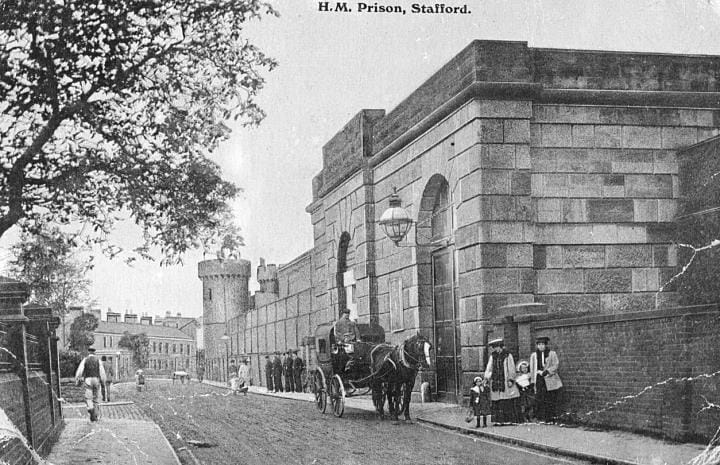
Origins and Myths
One of the most famous legends associated with the Stafford Knot is the tale of three criminals sentenced to death by hanging in Stafford. According to the story, when the executioner realized he had only one rope, he ingeniously twisted it into three loops, enabling the simultaneous execution of all three criminals.
An alternative version of this legend claims that one of the criminals invented the knot, ultimately saving him from execution. This dark tale, while popular, is generally considered to be more mythical than factual.
Another old tale, connected to the motto "The Knot Unites," suggests that the knot symbolically bound three different areas, later forming modern-day Staffordshire.
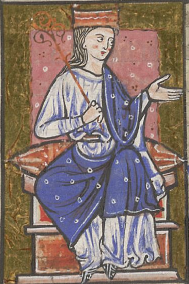
In a more symbolic interpretation, the knot is said to represent the unification of three geographic areas, a tale connected to Ethelfleda, Alfred the Great's eldest daughter. Over a millennium ago, she supposedly united local lords by symbolically binding them with her girdle, stating, "With this girdle, I bind us all as one." This act is believed to have brought together the areas that formed Staffordshire, a unity celebrated even a thousand years later.
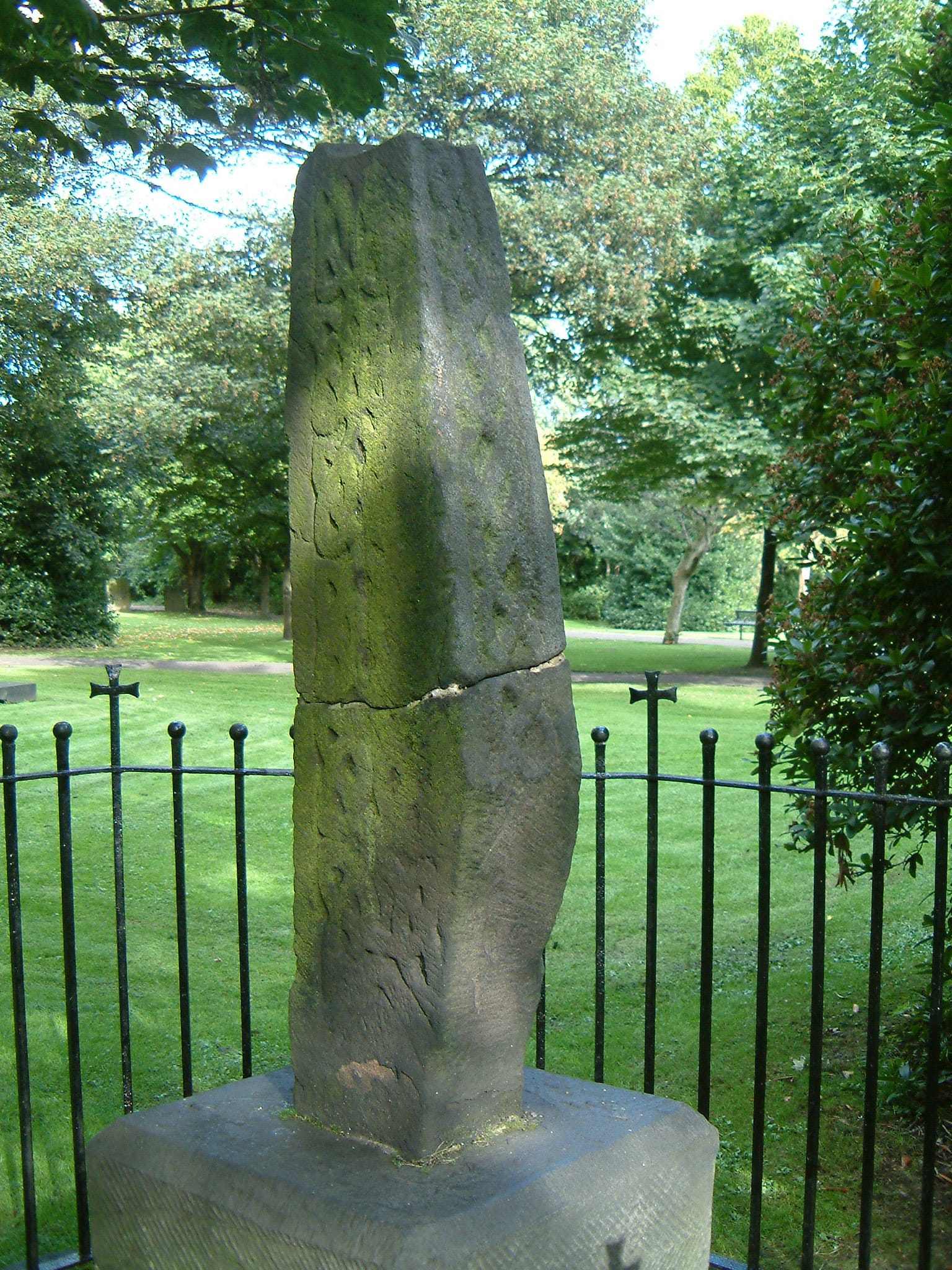
Ancient Connections
The earliest surviving example of the knot is in Carvings of the Knot on ancient Saxon crosses in Staffordshire suggesting its use before the Norman Conquest of 1066.
The knot may have been linked to the Mercian Kings or represented three regions that formed the county. The three loops of the knot may symbolise the three ancient Archbishoprics of England, mirroring the three spires of Lichfield Cathedral.
This interpretation dates the Stafford Knot to around 787 AD, coinciding with the establishment of the new Archbishopric of England, and suggests its discontinuation around 803 AD when the archbishopric ended. This theory posits that the knot, already an ancient Saxon and Celtic symbol, was adapted to represent the third Archbishop of England, becoming synonymous with the Kingdom of Mercia.
Historical Evidence and Connection to the de Stafford Family
Another early, authentic appearance of the Stafford Knot followed the discovery of the Staffordshire Hoard. This remarkable find consisted of over 1,500 gold and silver objects, unearthed by metal detectorist Terry Herbert near Burntwood. The hoard, which is believed to be the largest collection of Anglo-Saxon gold ever found, dates back to at least the 6th century, making it a significant archaeological discovery valued at over £1 million.
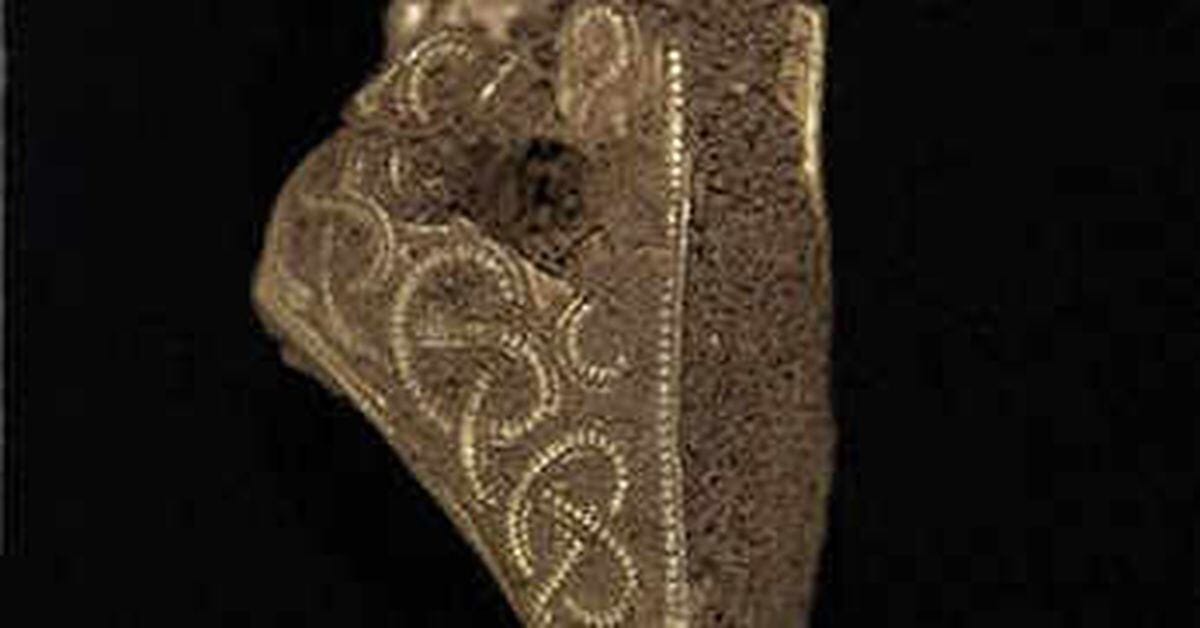
Among the treasures of the hoard, archaeologists discovered an image of the Staffordshire Knot on a gold artefact. This finding notably predates the previously believed origin of the symbol from the 11th century.
This discovery has not only shed new light on the age and origin of the Staffordshire Knot but has also elevated the historical and cultural significance of the Staffordshire Hoard.
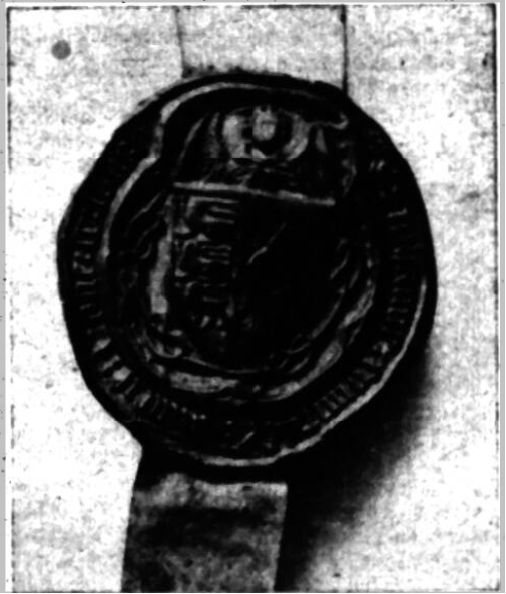
The next time in history that the knot is authentically found is on a seal belonging to Joan, Lady of Wake, who died childless in 1443. Her possessions, including the knot, were inherited by her nephew, Humphrey, Earl of Stafford. Humphrey adopted the Knot of Rope, which came to be known as the Stafford Knot, as his badge shortly before becoming the Duke of Buckingham in 1444. This seal can be found in the British Museum.
The Duke and his descendants then used the Stafford Knot as their house's official badge. It was not part of their armorial bearings but was given to retainers and servants for recognition.
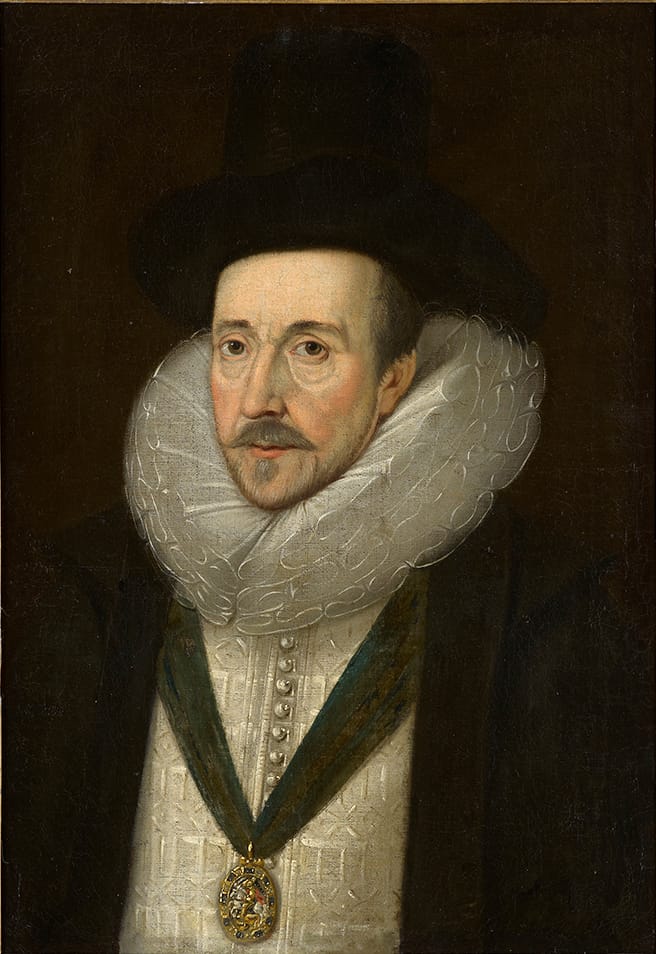
One notable example of the Stafford Knot's incorporation into personal items is found in the inventory of Henry Howard, Earl of Northampton, taken upon his death in 1614. Among the listed items was a field bed of black and crimson velvet, exquisitely embroidered with white lions, representing the silver lion of Mowbray, and adorned with the Stafford Knot. This specific mention in the Earl's inventory highlights the knot's significance not just as a public symbol, but also as a cherished element in the personal and domestic realms of the Stafford family.
The townspeople of Stafford, being liegemen of the Stafford family, also used the badge. It was so widely recognized that it was eventually incorporated into the Borough Coat of Arms. The Stafford Knot continued to be a part of the Coat of Arms even after the local government reorganization in 1974.
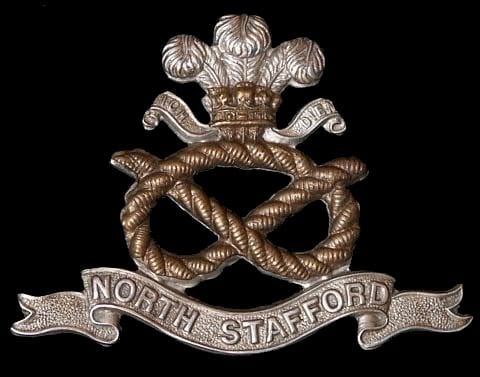
The Knot in Military and Civil Services
The Stafford Knot also found its way into the badges and symbols of various organizations, including Staffordshire Police, Fire Service, and Ambulance Service. Its adoption by these entities further cemented its status as a regional emblem.
The Knot in Modern Times
The Stafford Knot continues to be a symbol of unity and heritage in Staffordshire. It was officially incorporated into the Staffordshire County Council's coat of arms in 1931, with the motto "The Knot Unites," signifying its deep-rooted significance in the county's identity.
The Stafford Knot is a symbol rich in history and legend, intertwining its origins in ancient times with its role in heraldry, local governance, and regional identity. It stands not just as a heraldic emblem but as a testament to Staffordshire's historical and cultural legacy.
Thank you for reading!
If you like what you have read, please feel free to support me by following and signing up for my newsletter and/or buying me a coffee!

If you love our local history, don't forget to follow me, check out more of my videos and my website http://www.theredhairedstokie.co.uk
You can now also join my Patreon - www.patreon.com/TheRedHairedStokie
Check out my recommended reading list
